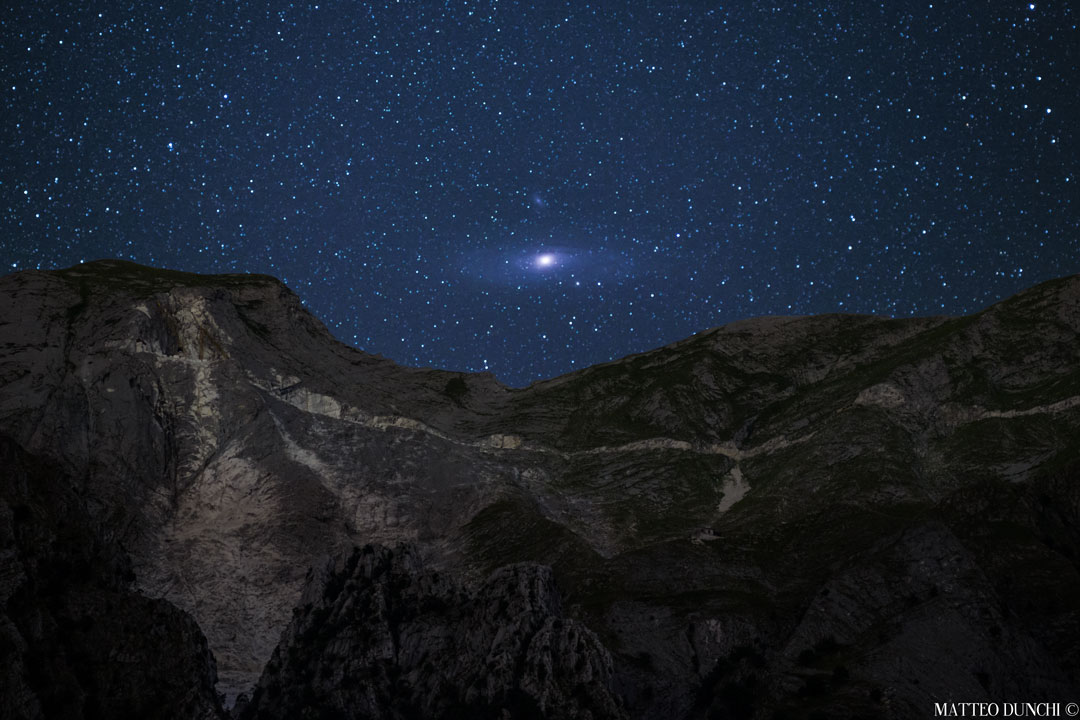If you have ever seen the Andromeda Galaxy, M31, in the sky or through a telescope, you’ll find it’s reminiscent of a small blurry, fuzzy patch, almost like a cloud. The cloudy look is similar to looking at the hazy white glow of the milky way’s concentrated disk. But that cloudy view is not all of M31. The galaxy is so far away, around 2.5 Million light years, that you’re only seeing the concentrated light from its central bulge. You’re actually missing a large portion of the galaxy because its just too dim for your eyes to see.

If you can take a long exposure of the galaxy using modern imaging techniques to see far beyond the capabilities of our weak human eyes, you won’t see a simple cloud, but a rich galaxy of 400 billion suns, fit into elegant spiral arms in a disk shape that is lined with dust and gas. This is the true extent of Andromeda. But how do we put this in perspective with things we see in the sky?

Andromeda is the closest large galaxy to the milky way, and it is on a collision course that will unfold over the next few Billion years. So naturally, its big in the sky. The image above with the mountains in the foreground gives a bit of perspective, but its only when we compare it with a more familiar object that we get a true sense of scale: The Moon.

Andromeda is a whopping FOUR times the size of the MOON! That is very large in the sky. Imagine if it was bright enough to see with your eyes, what a treat it would be to see the gorgeous glow of those 400 Billion stars.
Sadly, we are only able to spot that central bulge, and only if we have good eyes or a decent telescope. But maybe over the next few billion years, as the collision with the milky way unfolds, it will be bright enough to show its true beauty, without the help of technology.

Thank you. I’ve been an astronomy fan for over 50 years, and lamented the fact that none of the beautiful images we see in books and online provide a sense of scale. Your site does this beautifully.
Thanks for the nice comment!